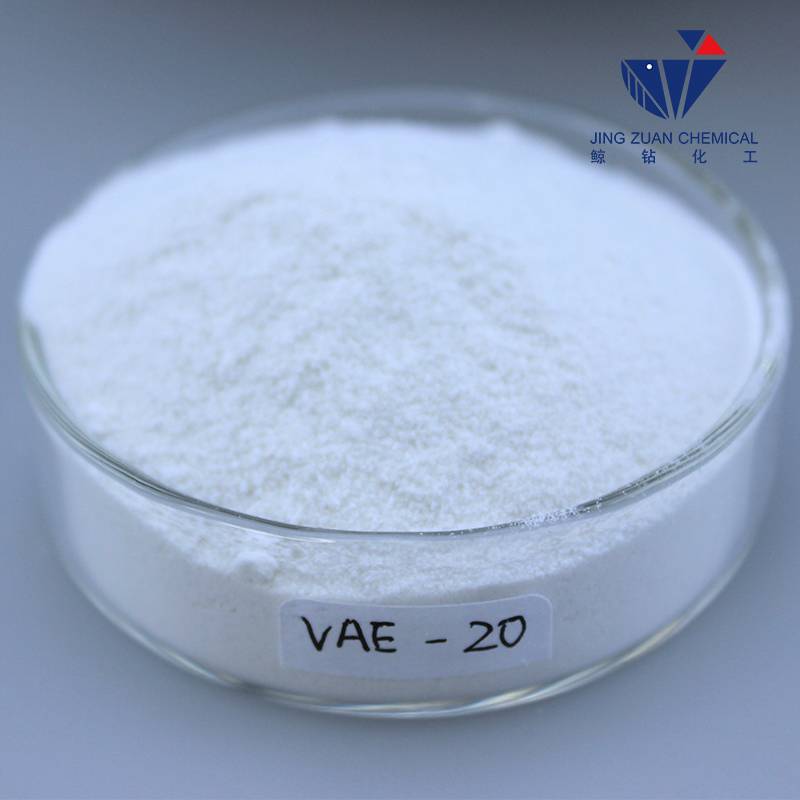
Sht . 16, 2024 08:30 Back to list
hpmc cmc
Understanding HPMC and CMC Their Roles and Applications
.
HPMC is a non-ionic, water-soluble polymer that is primarily used as a thickening agent, film-forming agent, and emulsifier. Its unique properties arise from the substitution of hydroxyl groups in cellulose with hydroxypropyl and methoxy groups. The modification results in enhanced solubility in water and better thermal stability compared to regular cellulose. In the pharmaceutical industry, HPMC is particularly valued for its role in controlled drug release formulations. It can create gels that regulate the release of active ingredients over time, improving the efficacy of medication. Additionally, due to its viscosity and binding properties, HPMC is often used in tablet formulations as a binder and disintegrant.
hpmc cmc

On the other hand, CMC is an anionic, water-soluble derivative of cellulose, created by introducing carboxymethyl groups to cellulose. This modification not only enhances its solubility in water but also imparts a negative charge to the polymer, which can influence its interaction with other compounds. CMC is widely utilized in the food industry as a thickener, stabilizer, and emulsifier, commonly found in products like ice cream, salad dressings, and sauces. Its ability to retain moisture and improve texture makes it a vital ingredient for enhancing the quality of various food products. Furthermore, in the pharmaceutical sector, CMC serves as a suspending agent and binder, especially in liquid formulations.
Both HPMC and CMC play essential roles in the construction industry, where they are used as additives in mortars, plasters, and tile adhesives. Their thickening and water-retention properties enhance workability, provide viscosity, and prevent sagging during application. This leads to improved performance and durability of construction materials.
In summary, HPMC and CMC are versatile cellulose derivatives with numerous applications across different sectors. While HPMC excels in controlled drug release and as an emulsifier, CMC is known for its excellent thickening and stabilizing capabilities, particularly in food products. Understanding the unique properties and advantages of these compounds is crucial for industries aiming to enhance their products and processes. As research continues to advance, the scope of applications for HPMC and CMC is expected to expand further, highlighting their importance in modern technology and consumer goods.
-
Versatile Hpmc Uses in Different Industries
NewsJun.19,2025
-
Redispersible Powder's Role in Enhancing Durability of Construction Products
NewsJun.19,2025
-
Hydroxyethyl Cellulose Applications Driving Green Industrial Processes
NewsJun.19,2025
-
Exploring Different Redispersible Polymer Powder
NewsJun.19,2025
-
Choosing the Right Mortar Bonding Agent
NewsJun.19,2025
-
Applications and Significance of China Hpmc in Modern Industries
NewsJun.19,2025







